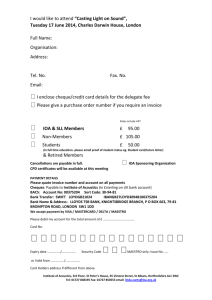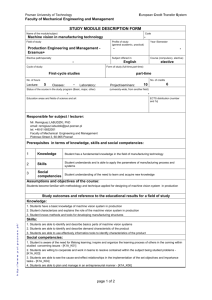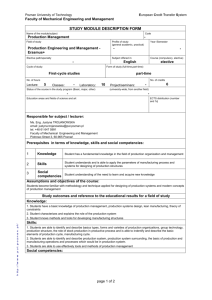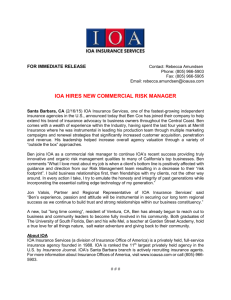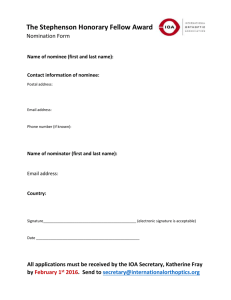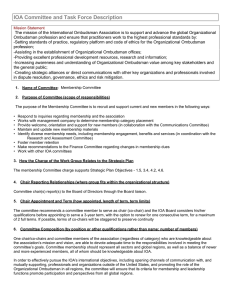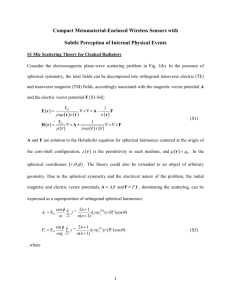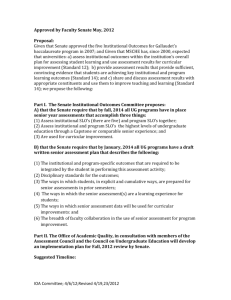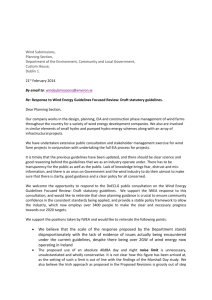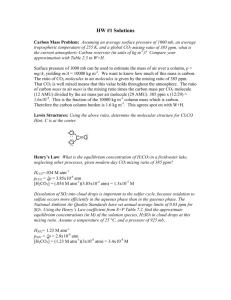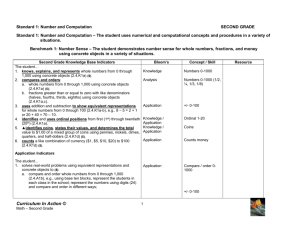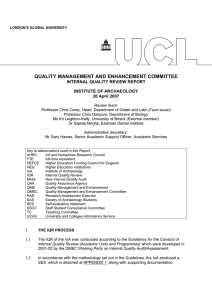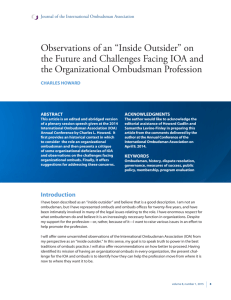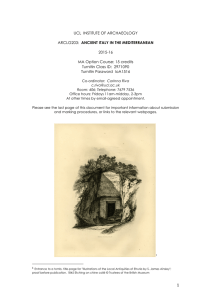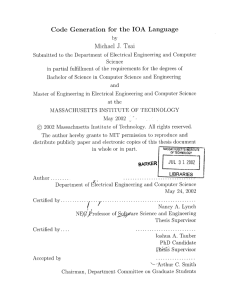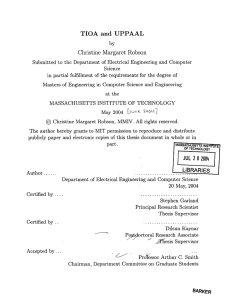Number theory
advertisement
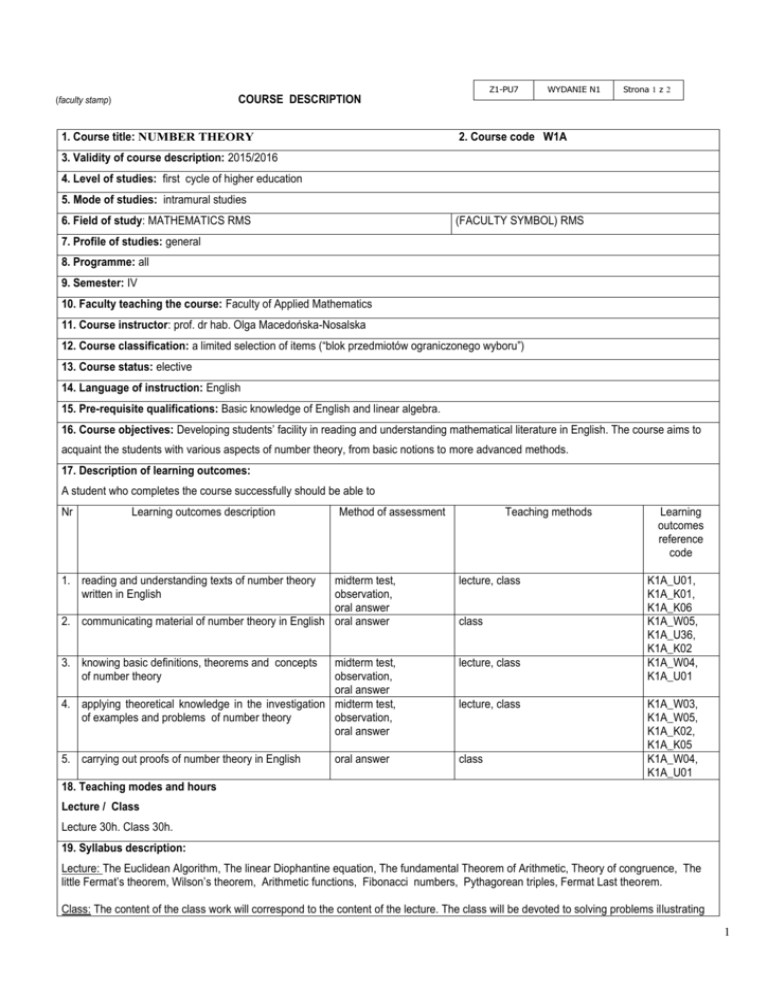
Z1-PU7 COURSE DESCRIPTION (faculty stamp) WYDANIE N1 Strona 1 z 2 2. Course code W1A 1. Course title: NUMBER THEORY 3. Validity of course description: 2015/2016 4. Level of studies: first cycle of higher education 5. Mode of studies: intramural studies 6. Field of study: MATHEMATICS RMS (FACULTY SYMBOL) RMS 7. Profile of studies: general 8. Programme: all 9. Semester: IV 10. Faculty teaching the course: Faculty of Applied Mathematics 11. Course instructor: prof. dr hab. Olga Macedońska-Nosalska 12. Course classification: a limited selection of items (“blok przedmiotów ograniczonego wyboru”) 13. Course status: elective 14. Language of instruction: English 15. Pre-requisite qualifications: Basic knowledge of English and linear algebra. 16. Course objectives: Developing students’ facility in reading and understanding mathematical literature in English. The course aims to acquaint the students with various aspects of number theory, from basic notions to more advanced methods. 17. Description of learning outcomes: A student who completes the course successfully should be able to Nr Learning outcomes description Method of assessment 1. reading and understanding texts of number theory written in English Teaching methods midterm test, observation, oral answer 2. communicating material of number theory in English oral answer lecture, class 3. knowing basic definitions, theorems and concepts of number theory midterm test, observation, oral answer 4. applying theoretical knowledge in the investigation midterm test, of examples and problems of number theory observation, oral answer lecture, class 5. carrying out proofs of number theory in English class oral answer class lecture, class Learning outcomes reference code K1A_U01, K1A_K01, K1A_K06 K1A_W05, K1A_U36, K1A_K02 K1A_W04, K1A_U01 K1A_W03, K1A_W05, K1A_K02, K1A_K05 K1A_W04, K1A_U01 18. Teaching modes and hours Lecture / Class Lecture 30h. Class 30h. 19. Syllabus description: Lecture: The Euclidean Algorithm, The linear Diophantine equation, The fundamental Theorem of Arithmetic, Theory of congruence, The little Fermat’s theorem, Wilson’s theorem, Arithmetic functions, Fibonacci numbers, Pythagorean triples, Fermat Last theorem. Class: The content of the class work will correspond to the content of the lecture. The class will be devoted to solving problems illustrating 1 the theory studied during the lecture. The list of problems for students will be announced at the platform (with hints for solutions). Next week students will present their solutions at the blackboard. The problems from the lists (or similar) will be used as the tests problems. 20. Examination: no 21. Primary sources: 1. Elementary Number Theory, D.M.Burton, Allyn and Bacon Inc. Boston-London-Sydney-Toronto 1980 22. Secondary sources: 1. Elementy teorii liczb, Wacław Marzantowicz, Piotr Zarzycki, Wydawnictwo Naukowe UAM, ISBN 83-232-0973-1 2. A. Prószyński, Algebra z teorią liczb, Wydawnictwa Uniwersytetu Kazimierza Wielkiego, Bydgoszcz 2009. 23. Total workload required to achieve learning outcomes Lp. Teaching mode : Contact hours / Student workload hours 1 Lecture 30/30 2 Classes 30/59 3 Laboratory / 4 Project / 5 BA/ MA Seminar / 6 Other 1/0 Total number of hours 61/89 24. Total hours: 150 25. Number of ECTS credits: 5 26. Number of ECTS credits allocated for contact hours: 5 27. Number of ECTS credits allocated for in-practice hours (laboratory classes, projects): 0 26. Comments: Assessment Two written tests: 2x35 p. Evaluation of responses at the blackboard: 15 p. Activity: 8 p. Points for attendance of lectures: 7 p. To pass, it is necessary to acquire a total of 41 p. and achieving all learning outcomes described above (at least 30% of the maximal number of points). Approved: ……………………………. (date, Instructor’s signature) ………………………………………………… (date , the Director of the Faculty Unit signature) 2
